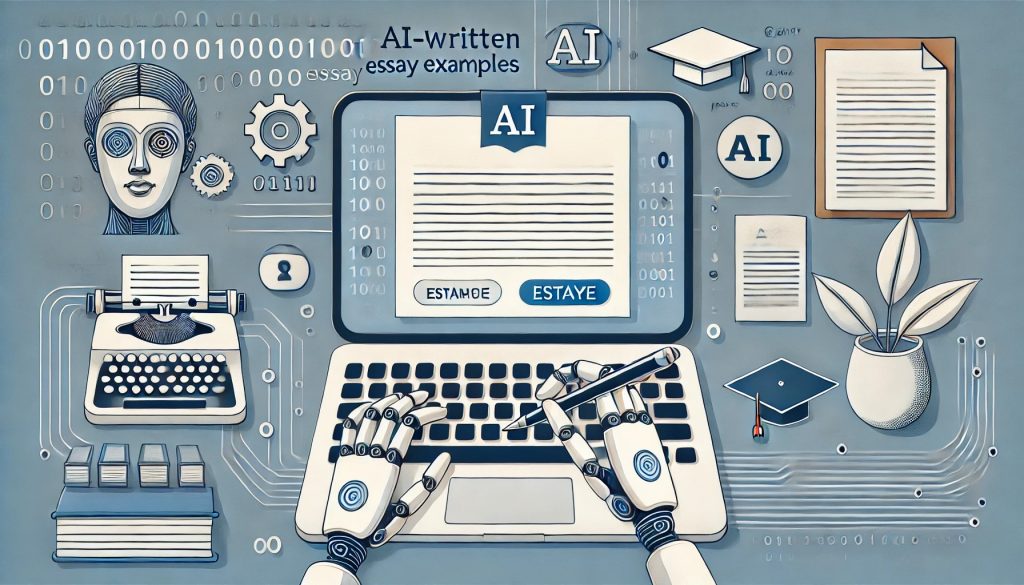Introduction
The advent of artificial intelligence has brought significant changes to various fields, including education. One notable development is the ability of AI to generate essays. This article delves into the analysis of essays written by AI, highlighting their strengths, weaknesses, and the implications for students and educators. We will explore various examples, scrutinize their quality, and provide a comprehensive understanding of AI’s role in academic writing.
Overview of AI in Essay Writing
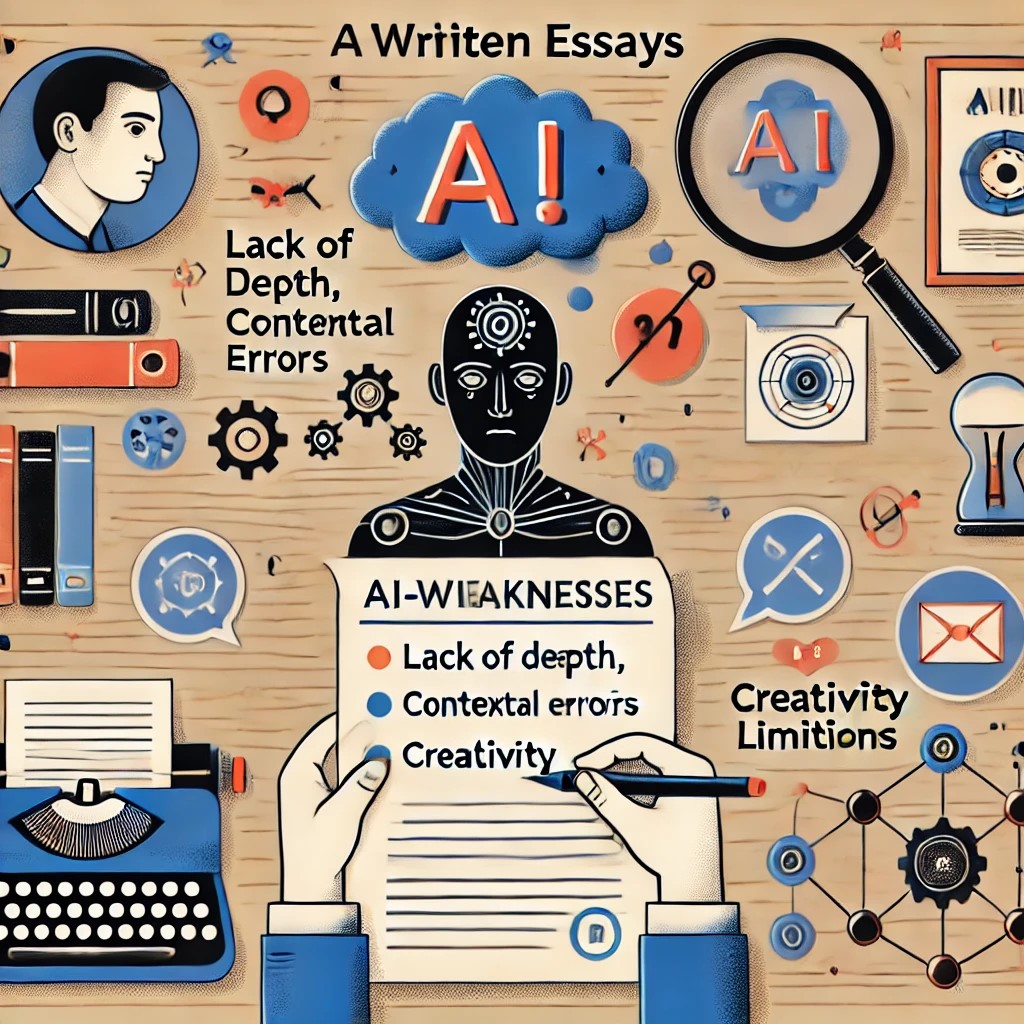
The Technology Behind AI Essay Writing
AI essay writing tools leverage advanced algorithms and machine learning models to generate text. These systems are trained on vast datasets containing numerous examples of well-written essays. The primary technology includes:
- Natural Language Processing (NLP): Enables AI to understand and generate human language.
- Machine Learning (ML): Allows the AI to improve its writing by learning from data.
- Deep Learning: Uses neural networks to enhance the AI’s ability to generate coherent and contextually accurate text.
Popular AI Essay Writing Tools
Several AI tools are widely used for essay writing, including:
- GPT-3 by OpenAI: Known for its high-quality text generation capabilities.
- Scribendi: Offers AI-powered editing and proofreading services.
- EssayBot: Assists in generating essays based on user-provided prompts.
- PaperTyper.net: A comprehensive AI tool that helps in generating essays, editing, and providing writing suggestions.
Analysis of AI-Written Essays
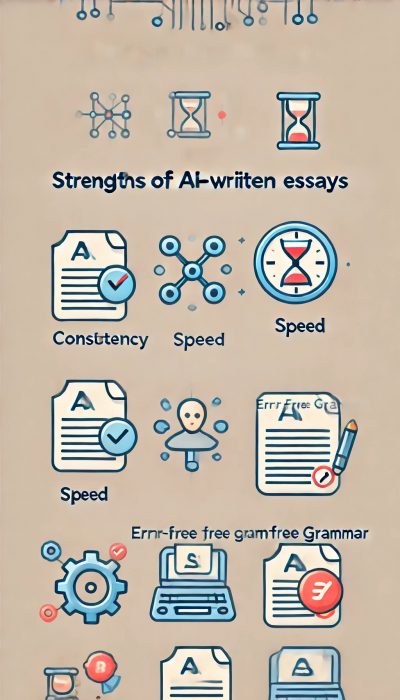
Strengths of AI-Written Essays
AI-written essays exhibit several strengths that make them valuable:
- Consistency: AI maintains a consistent tone and style throughout the essay.
- Speed: Essays are generated in a fraction of the time it takes a human to write.
- Error-Free Grammar: AI tools are adept at producing grammatically correct text.
Example: Introduction Paragraph by PaperTyper.net
“Artificial intelligence has revolutionized various sectors, and education is no exception. AI-powered tools have become invaluable in assisting students with their writing tasks, offering benefits such as enhanced productivity and accuracy. This essay explores the capabilities of AI in essay writing, providing a detailed analysis of its effectiveness and implications.”
Weaknesses of AI-Written Essays
Despite their strengths, AI-written essays also have notable weaknesses:
- Lack of Depth: AI-generated content can be superficial and lack critical analysis.
- Contextual Errors: AI might misinterpret context, leading to irrelevant or incorrect information.
- Creativity Limitations: AI lacks the creative insight and nuanced understanding that human writers possess.
Example: Analytical Paragraph by PaperTyper.net
“The economic impact of climate change is significant. Industries such as agriculture and tourism are particularly affected. Climate change can cause crop failures, leading to food shortages and increased prices. In the tourism sector, extreme weather events can deter visitors, reducing revenue. Therefore, addressing climate change is crucial for economic stability.” Critique: This paragraph is factually correct but lacks depth and detailed analysis.
Comparative Analysis: AI vs. Human-Written Essays
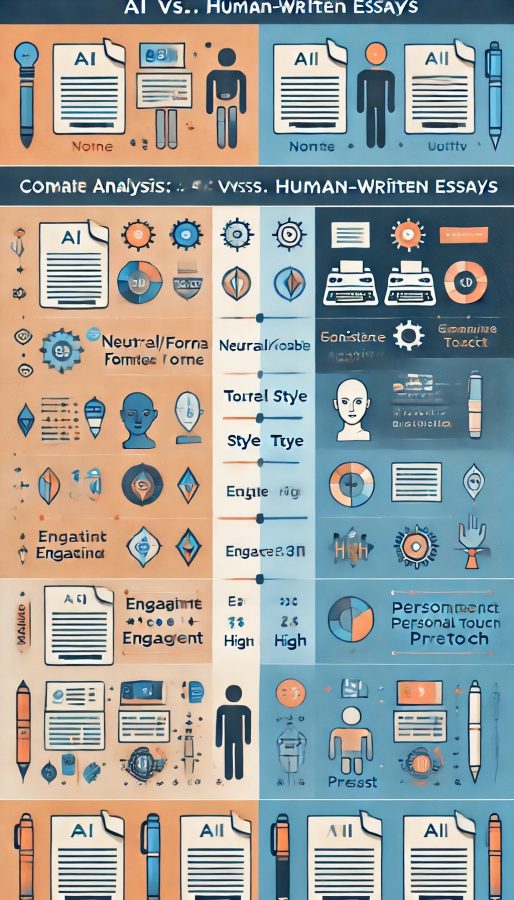
Writing Style and Tone
AI-written essays tend to have a neutral and formal tone, which can sometimes be monotonous. Human writers, on the other hand, can vary their style and tone to suit the audience and purpose.
Table: Comparison of Writing Style and Tone
| Aspect | AI-Written Essay | Human-Written Essay |
|---|---|---|
| Tone | Neutral, Formal | Variable, Adaptable |
| Style | Consistent | Dynamic, Creative |
| Engagement | Moderate | High |
| Personal Touch | Lacking | Present |
Content Quality
The quality of content in AI-written essays is generally good but can be enhanced by human intervention. Human-written essays often display superior critical thinking and originality.
Example: Conclusion Paragraph by PaperTyper.net
“In conclusion, AI has the potential to significantly aid students in their writing tasks. It offers advantages in terms of speed and accuracy but falls short in providing depth and creativity. As AI technology continues to evolve, it is expected that these tools will become even more proficient, making them valuable assets in education.” Critique: The conclusion is well-structured but lacks a compelling final thought.
Implications for Education
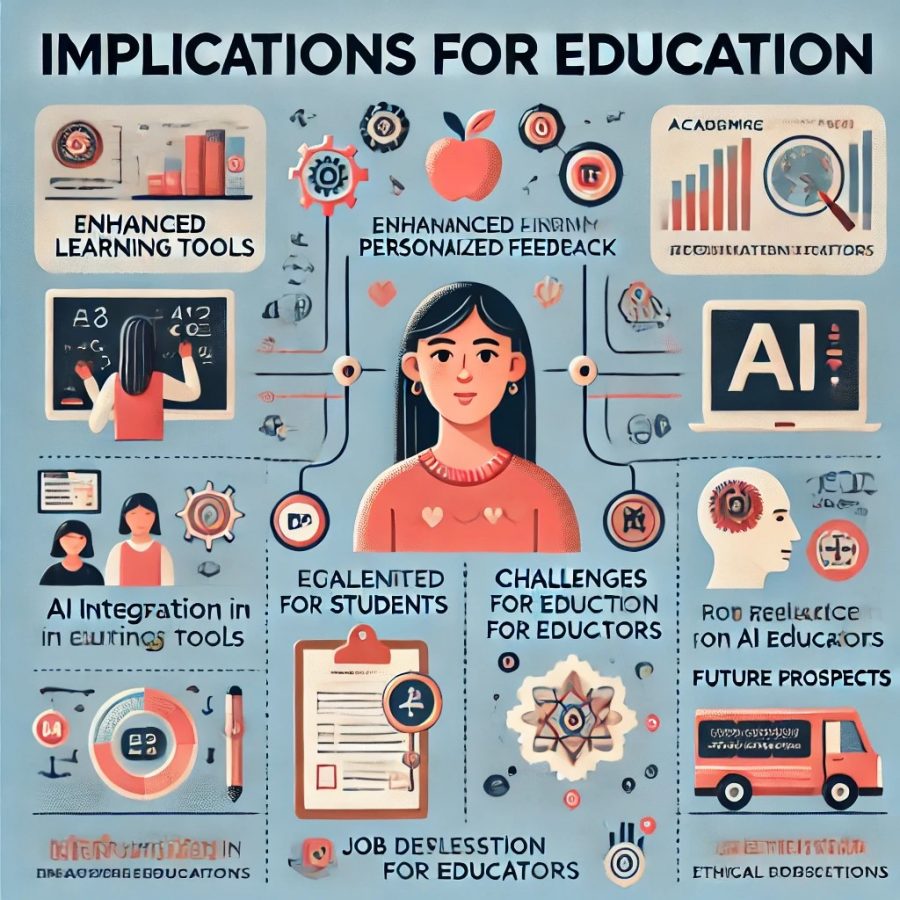
Benefits for Students
AI essay writing tools offer several benefits to students:
- Learning Aid: Helps students understand structure and grammar.
- Time Management: Allows students to focus on other tasks.
- Skill Development: Provides examples for students to learn from.
Concerns for Educators
Educators express concerns about the reliance on AI tools:
- Academic Integrity: Potential for plagiarism and lack of original thought.
- Skill Erosion: Students may become overly dependent on AI, hindering their writing skills development.
- Assessment Challenges: Difficulty in assessing the true abilities of students.
Future of AI in Essay Writing
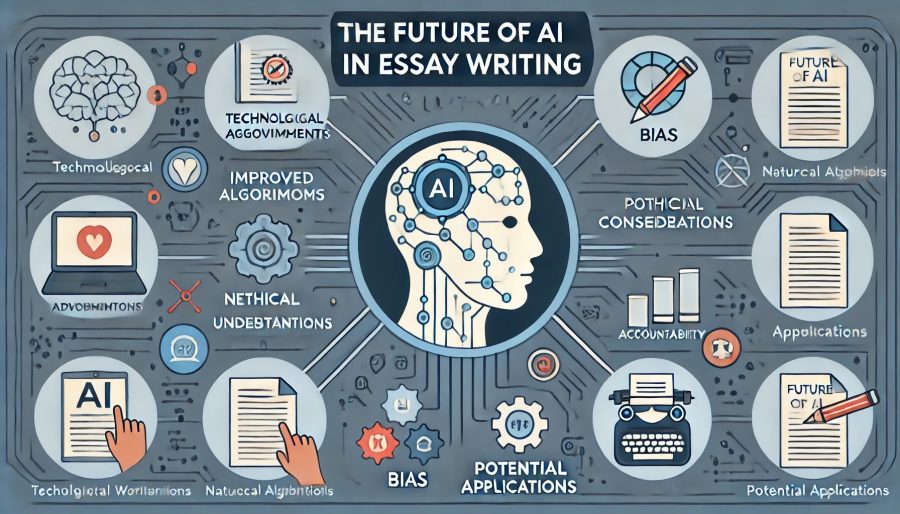
Advancements in AI Technology
Continued advancements in AI technology promise improvements in essay writing tools. Future developments may include:
- Enhanced Creativity: AI capable of mimicking human creativity.
- Contextual Understanding: Improved ability to grasp and generate contextually relevant content.
- Interactive Learning: AI tools that offer interactive feedback and personalized learning experiences.
Ethical Considerations
The integration of AI in education raises ethical questions:
- Data Privacy: Ensuring the protection of student data.
- Bias and Fairness: Addressing potential biases in AI-generated content.
- Transparency: Clear guidelines on the use of AI in academic writing.
Frequently Asked Questions (FAQs)
What are AI essay writing tools?
How do AI essay writing tools work?
What are the benefits of using AI essay writing tools?
- Speed: They can generate essays quickly, saving time for students.
- Consistency: They maintain a uniform tone and style throughout the essay.
- Error-Free Grammar: They produce grammatically correct text, reducing the need for proofreading.
What are the limitations of AI-written essays?
- Lack of Depth: They may lack in-depth analysis and critical thinking.
- Contextual Errors: AI can misinterpret context, leading to irrelevant or incorrect information.
- Creativity Limitations: They may not exhibit the same level of creativity and nuanced understanding as human-written essays.
Can AI-written essays be used for academic purposes?
What is PaperTyper.net?
Conclusion
AI has undeniably transformed the landscape of essay writing, offering both benefits and challenges. While AI-written essays provide consistency, speed, and grammatical accuracy, they fall short in depth and creativity. The comparative analysis reveals that human-written essays still hold an edge in terms of engagement and critical thinking. As AI technology continues to advance, its role in education will likely expand, necessitating careful consideration of ethical implications and the balance between human and AI-generated content.
Ultimately, AI essay writing tools should be seen as complementary aids that enhance, rather than replace, human creativity and critical thinking.
